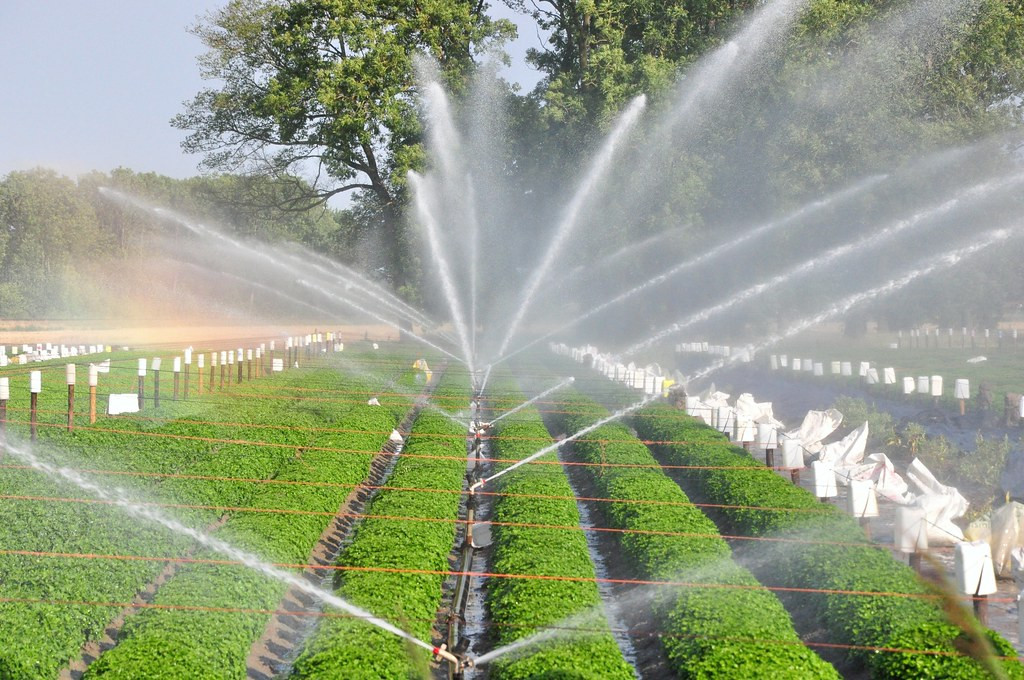Revolutionising Agriculture with Smart Irrigation Systems
In today's rapidly evolving world, agriculture is facing numerous challenges, such as water scarcity, climate change, and the need to increase food production to feed a growing population. One of the key solutions to these challenges is the adoption of smart Irrigation Blenheim Systems. These innovative technologies have the potential to revolutionise agriculture by optimising water usage, increasing crop yields, and reducing environmental impact.
In this blog post, we will explore how smart irrigation systems can transform the way we grow food and ensure a sustainable future for agriculture.
What are Smart Irrigation Systems?
Smart irrigation Blenheim systems utilise advanced technologies such as sensors, weather data, and automation to optimise the watering of crops. These systems monitor soil moisture levels, weather conditions, and plant needs in real-time to deliver the right amount of water at the right time. By using data-driven insights, smart irrigation systems can significantly improve water efficiency and crop productivity.

Benefits of Smart Irrigation Systems
- Water Efficiency: Smart irrigation systems reduce water wastage by delivering precise amounts of water directly to the roots of plants. This not only conserves water but also ensures that crops receive the optimal amount of moisture for growth.
- Increased Crop Yields: By providing crops with the right amount of water at the right time, smart irrigation systems can enhance crop yields and quality. This leads to higher profits for farmers and a more sustainable agricultural system.
- Environmental Sustainability: Smart irrigation systems help reduce the environmental impact of agriculture by minimising water usage, fertiliser runoff, and soil erosion. This promotes sustainable farming practices and protects natural resources.
- How Smart Irrigation Systems Work?
Smart irrigation Marlborough systems use a combination of sensors, controllers, and actuators to automate the watering process. Sensors measure soil moisture levels, weather conditions, and plant health, while controllers analyse this data to determine the optimal irrigation schedule. Actuators then adjust the flow of water to deliver precise amounts to each crop.
Types of Smart Irrigation Systems
There are several types of smart irrigation systems available, including:
- Drip Irrigation: Delivers water directly to the roots of plants through a network of tubes and emitters.
- Sprinkler Irrigation: This uses sprinklers to distribute water evenly across a field.
- Weather-Based Irrigation: Adjusts watering schedules based on local weather conditions and forecasts.
Each type of smart irrigation system has its own advantages and can be tailored to suit the specific needs of different crops and growing conditions.
Challenges and Future Trends
Despite the numerous benefits of smart irrigation Marlborough systems, there are still challenges to widespread adoption, such as high initial costs and the need for technical expertise. However, as technology advances and awareness of the importance of sustainable agriculture grows, the future looks promising for smart irrigation systems. Future trends include the integration of artificial intelligence and machine learning to further optimise watering schedules and the development of more affordable solutions for small-scale farmers.
Conclusion
In conclusion, smart irrigation Blenheim systems have the potential to revolutionise agriculture by improving water efficiency, increasing crop yields, and promoting environmental sustainability. By harnessing the power of technology, farmers can overcome the challenges of water scarcity and climate change to ensure a more secure and prosperous future for agriculture.
As we continue to innovate and adopt smart irrigation systems, we can create a more resilient and sustainable food system for generations to come.
Comments
Post a Comment